Upcycling – we save valuable materials from the trash bin.
Upcycling@VAUDE: What’s up?
Together with refugees we made shopping bags from material remnants in sewing workshops at our Manufaktur in 2016.
Shopping bags made from material remnants from the Manufaktur
Together with refugees, we made shopping bags from material remnants in sewing workshops at our Manufaktur in 2016. We sold the bags at a sales event in the VAUDE store Ravensburg and in our outlet in Metzingen. The proceeds flowed back as donations for a joint project on the refugee program, Asylnetzwerk Tettnang. A market check showed that the bags were well accepted by consumers. We are now planning to produce the bags in our new Upcycling Manufaktur by creating new posts for refugees.
Learn more about our commitment to refugees here
Cool gym bags that you can buy in the VAUDE stores are manufactured from our used advertising banners in German sewing rooms.
Cool gym bags from used advertising banners
You can buy cool upcycled gym bags in our VAUDE stores. These are made from used advertising banners in a sewing shop in Germany.
You can find our stores here
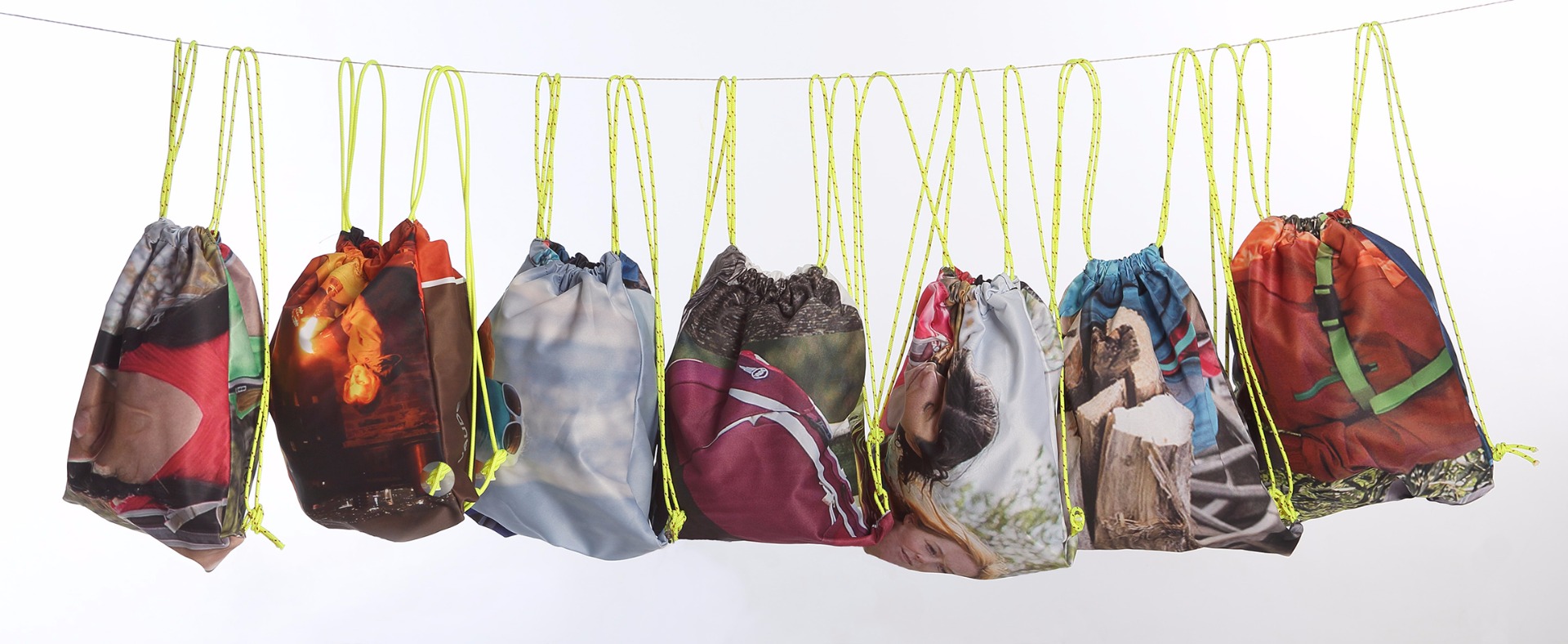
Together with schools, we have been involved in numerous upcycling projects, raising students' awareness and enthusiasm for the issue.
For several years we have worked with students from the Technisches Gymnasium Ravensburg on the development of a sustainable business model within the framework of the project “Umweltprofis von morgen.” In 2016 and 2017 students dealt with ideas for upcycling VAUDE material remnants. Read more here
In 2016 four students used recycled advertising banners and returned products that couldn't be repaired by our service department to develop and produce new bags that were used as pencil cases or for cosmetics.
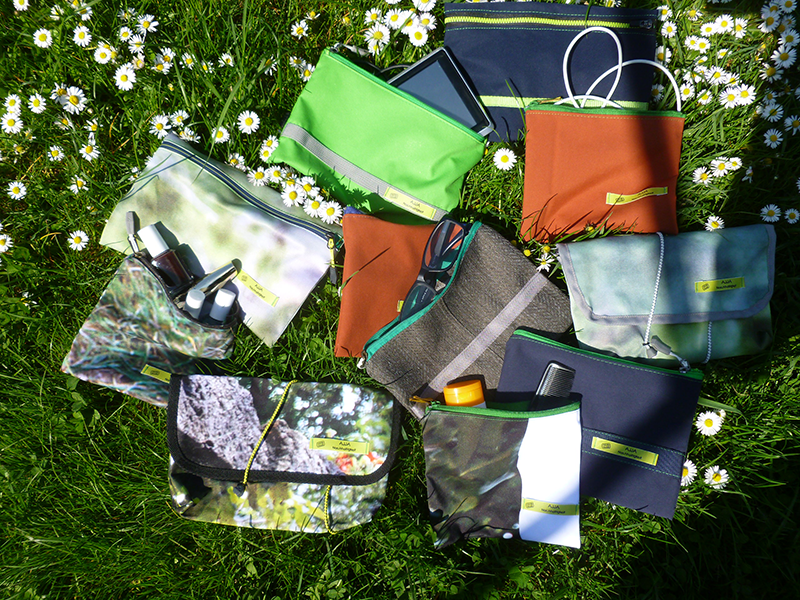
Roterfaden pocket companion with used tent materials
Used tent materials from VAUDE tents that couldn't be repaired at our Repair Service get a new life as a pocket companion from Roterfaden.
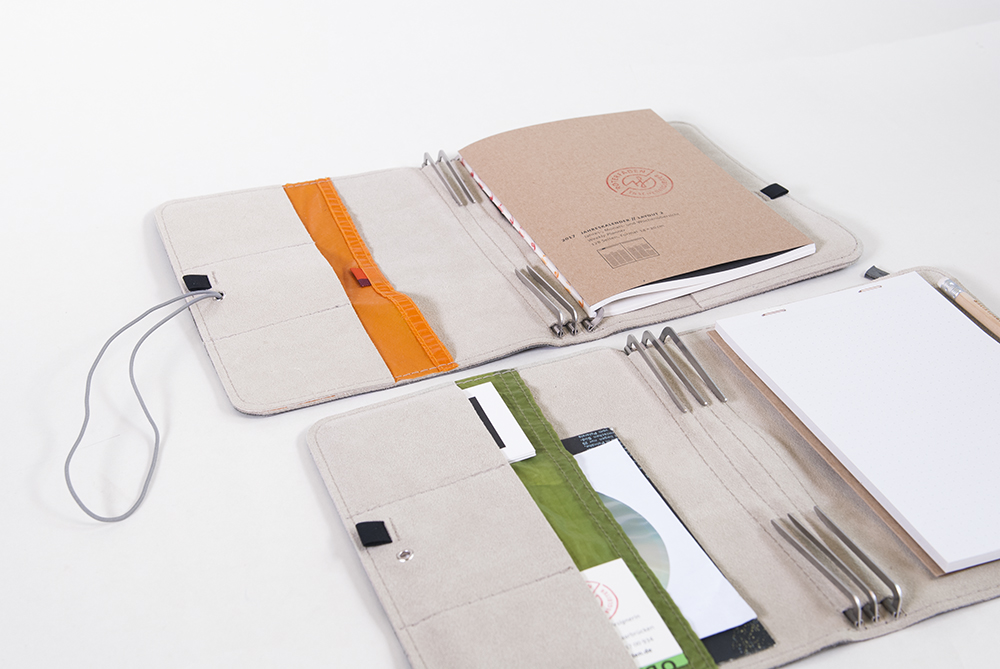
These innovative products are 100% handmade in Germany.
Find the pocket companion with used VAUDE tent materials here
More upcycling projects

|
Costumes for a dance performance made from VAUDE material remnants
A Belgian school made costumes for a dance performance from VAUDE material remnants. |
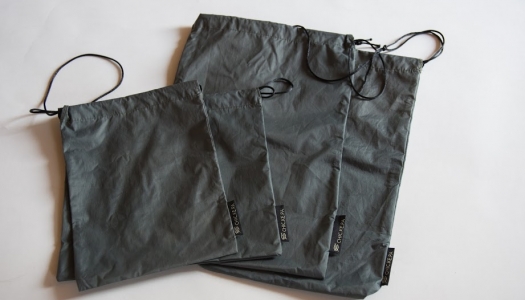
|
Bags Czech Republic
Bags made from VAUDE material remnants by a Catholic relief organization in Kralup by Moldau, Czech Republic |
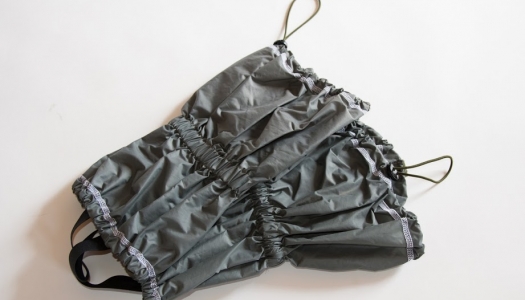
|
Leggings Czech Republic
Gaitors made from VAUDE material remnants by a Catholic relief organization in Kralup by Moldau, Czech Republic |
Based on our experience, we are planning to build an in-house Upcycling Manufaktur with material storage and manufacturing with its own upcycling products. The second step will be to create an external material exchange in cooperation with other companies and schools.
Upcycling Manufaktur and material exchange
Of course, we accrue remnant materials. For example, in our factory: Pure-sort polyethylene and PP are given to plastics processing for the production of valuable secondary raw materials. Nevertheless, the majority of waste from our production facility ends up in the garbage bin. This is primarily composed of textile remnants, defective goods and general waste.
Other examples: waste also accrues in our product service department when items are returned that can’t be repaired. In addition there are old product prototypes and recyclable waste from the kitchen and logistics.
Read more at "Waste".
So we have asked ourselves how we could reuse these residual materials without a loss of value. We have gained experience and ideas from a variety of projects. Now we are planning to build an in-house Upcycling Manufaktur with material storage and manufacturing with its own upcycling products and, in a second step, to create an external material exchange in cooperation with other companies and schools. We have already many production ideas, such as shopping bags (see below), that we will implement in 2017.
We want to set a good example and establish the meaningful use of residual materials from an ecological, economic and social point of view.
Material remnants from our producers can also be used to make useful items such as curtains for the dressing rooms in our VAUDE stores.
New products from production remnants
Material remnants also accrue in the production facilities that make our products. We produce special models from larger amounts of remnants.
We also rely on upcycling from leftovers in the outfitting of our VAUDE stores. For example, the curtains for the changing rooms are made out of remnants packs ’n bags materials. The clothes hanger labels for sale items are also made from remnant materials.
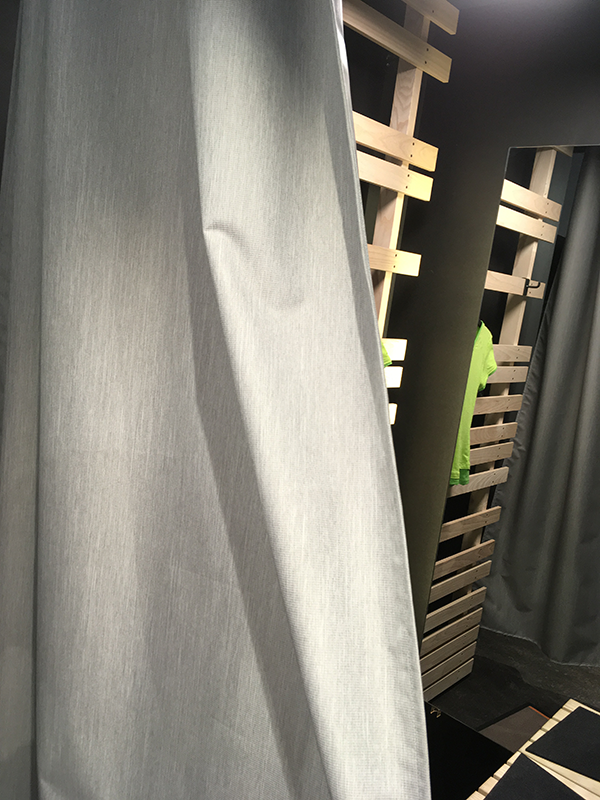
Unfortunately, we still don't have a recycling option for smaller remnant amounts. This generally comes with significant effort and costs (such as those due to customs regulations) when processing them or bringing them to our headquarters. After we have built up our internal structure for upcycling and the material exchange, we want to concentrate more intensively on this issue.
Why is upcycling important to us?
Because of its production strength, Europe is of one of the continents that consume the most resources. Germany plays a special role in this as the strongest economic country in the EU. Manufacturing products inevitably leads to waste. For example, in 2008, 56.4 million tons of production waste was produced in the German industry, tendency rising. *
This massive consumption of resources and the quantities of waste have a negative effect on the environment. For one, limited resources are depleted. For another, some types of waste pose a serious threat to wildlife, for example, plastic bags or synthetic microfiber that ends up in the oceans. Last but not least, hazardous substances can end up in the environment when they're not disposed of properly.
According to German law, producers are responsible for environmentally suitable disposal. The principle applies: the best waste is the waste that isn't even created. We have therefore set ourselves the goal of reducing our waste. We are working consistently on this from two sides: producing as little waste as possible in our production facility and administration buildings and giving a new life to leftover materials with upcycling.
More at: "Goal: Reduce waste" and "Packaging"
Upcycling vs. downcycling
Currently about 82% of waste in Germany is recycled.* Recycling waste means that the raw materials and energy are put back into the commercial cycle. The most common form of this recycling is the combustion of waste to produce energy. High quality waste is transformed into a lower quality product.* For this reason such processes are known as downcycling. There are also more sustainable and more meaningful ways to re-use this waste than in elaborate downcycling processes. The idea is to create new products from waste that are equivalent or higher in value than the material used. The transformation of “useless” waste into new items is known as upcycling.
*http://www.bmub.bund.de/themen/wasser-abfall-boden/abfallwirtschaft/abfallarten-abfallstroeme/produktionsabfaelle/
**https://www.nachhaltigkeit.info/artikel/downcycling_2007.htm
| GRI: | G4-EN4 |






